What It's Like to Watch a Crash Test

It’s not all wheel drive, it’s not boxer engines and it isn’t rally racing that Subaru puts atop its priority list.
The real number one priority at Subaru is safety. Although Volvo may be the brand most associate with vehicle safety, Subaru has been working to make vehicles safer for a long time. Starting with the first Japanese auto manufacturer crash test in 1965, Subaru’s safety efforts have culminated into it being the only auto manufacturer to earn a top safety pick rating from the IIHS for all of its vehicles, six years running.
So what exactly does this mean? To find out, Subaru Canada invited a group of automotive journalists to visit the Insurance Institute for Highway Safety (IIHS) and watch a crash test in person.
Top Secret Facility?
Getting to the IIHS test facility in Virginia isn’t easy. The IIHS test facility is nestled deep into the mountains of Virginia. To get to the facility requires driving down a road that is a lane and a half wide at best, cutting through rural farm land. To get a sense of how far off the beaten path the facility is, at one point the bus had to come to a dead stop as a wayward cow was blocking the road.
As the bus gets closer, many in the group notice massive steel girders in the distance that look to be part of a roller coaster or the foundation of a super bridge. It turns out to actually be part of the IIHS facility. It’s the skeleton for the tent-like roof of the new outdoor test track. The girders in the middle stand well in excess of 100 feet in the air.
Famous Cars and a Briefing
Upon entering the recently-built IIHS lobby, the group is greeted by staff members and two well-known crashed “CARcasses.” For the IIHS fiftieth anniversary in 2009, the organization smashed a 1959 Chevrolet Bel Air into a 2009 Chevrolet Malibu to highlight how far vehicle safety has come. Needless to say, cars of yesteryear were giant, steel-bodied death traps compared to the vehicles that populate today’s roadways.
SEE ALSO: Small Overlap Test Switches Sides for Certain Cars
Trying to pry a group of automobile journalists away from a classic car is hard enough, but one that went through a modern crash test is even harder. Subaru is finally able to herd everyone into a conference room for a presentation on the company’s history of safety, which is highlighted by a prototype car from the 1960s that would fire a large catching net out of the front bumper of the car if it detects contact with a pedestrian.
A History of Crashing
After the presentation is over, it’s time to tour the facility. First, there’s a hall full of what the IIHS calls “dinosaurs.” Here, the vehicles that failed in a spectacular fashion when a new crash test standard was introduced are kept. There is a 1997 Pontiac Trans Port with its roof buckled like a piece of tissue paper during a moderate overlap test and a 2005 Mitsubishi Lancer that had the B-pillar snap like a rotted twig during side impact testing.
All of these failures, dozens of them in total, are kept on display not to shame the manufacturers, but rather to show just how much vehicle safety has improved. Near the back of the hallway are roughly 10 new vehicles that have recently undergone small overlap testing, but not had their results published as of yet.
Get the Flash Player to see this player.
Watching a Real World Crash Test is Intense
And that leads to the main event of the trip; watching an actual small overlap crash test live. Performed inside the crash shed, the facility is a large warehouse like building with a covered track leading into it. A large catwalk overlooks the crash facility and is where observers are positioned. The car will emerge from under the catwalk and smash into a stationary block at a 25 percent offset.
SEE ALSO: Why Rear-Drive Cars Struggle in Small Overlap Test
A warning buzzer goes off and the powered propulsion unit spools up. IIHS doesn’t send vehicles into the barrier under their own power for many reasons, but test control is the biggest one. The propulsion system thrusts the vehicle down the test track up to a speed of 40 MPH before disengaging 10 inches from the barrier. To ensure the vehicle doesn’t bounce off the impact barrier and careen into IIHS workers and their equipment, the parking brakes are automatically applied 1.5 seconds after the propulsion system disengages.
New Found Respect
The vehicle crashed during this test cannot be discussed at this time. The IIHS needs to fully evaluate the results and publish them before any images or video of the crash is allowed to surface. What can be said is that the impact was fast, viscous and sobering to witness live. As cool as it may have been to see an unmanned vehicle crash into a stationary object, it also highlights how dangerous driving is.

A 20+ year industry veteran, Mike rejoins the AutoGuide team as the Managing Editor. He started his career at a young age working at dealerships, car rentals, and used car advertisers. He then found his true passion, automotive writing. After contributing to multiple websites for several years, he spent the next six years working at the head office of an automotive OEM, before returning back to the field he loves. He is a member of the Automobile Journalists Association of Canada (AJAC), and Midwest Automotive Media Association (MAMA). He's the recipient of a feature writing of the year award and multiple video of the year awards.
More by Mike Schlee



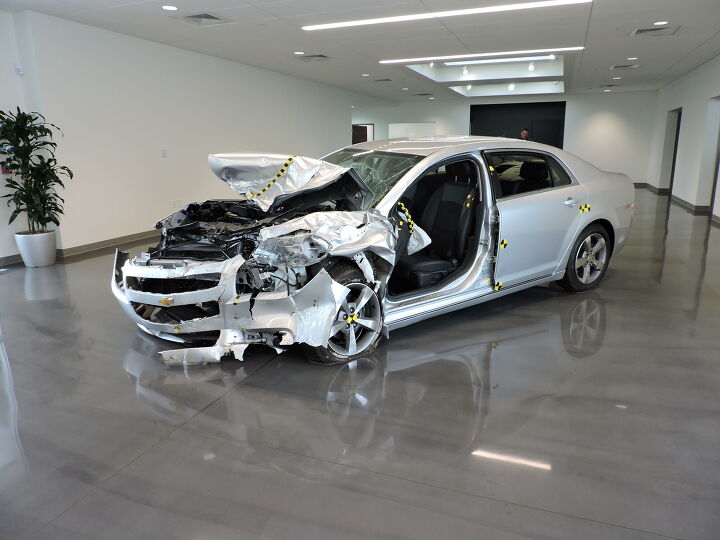




















































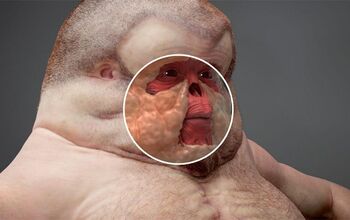
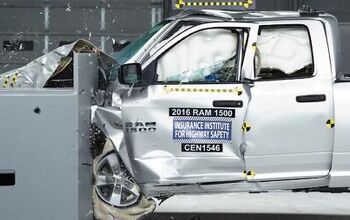
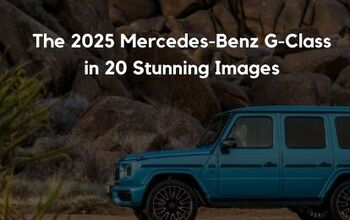
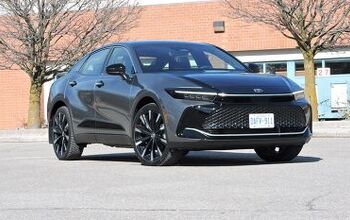


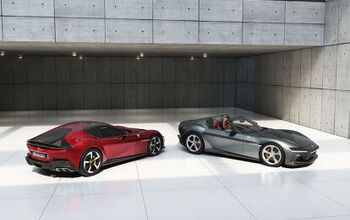
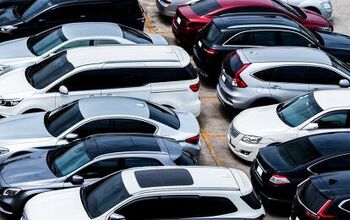
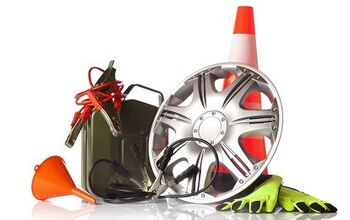
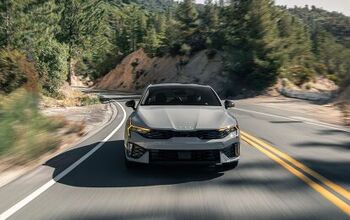

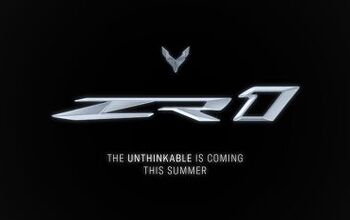
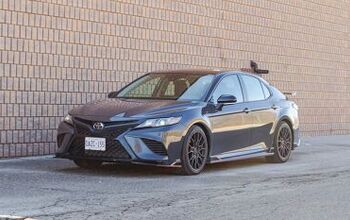
Comments
Join the conversation